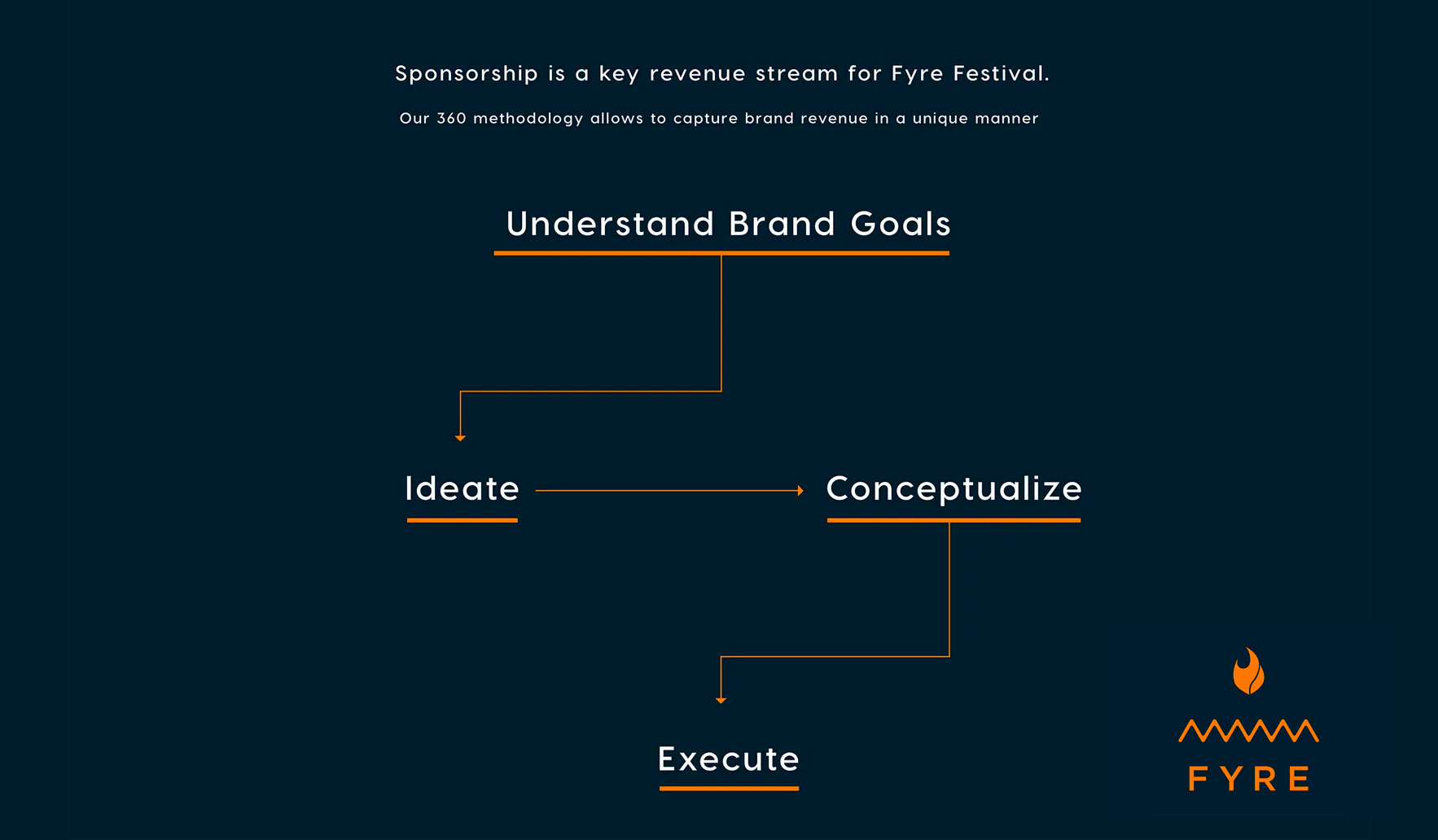“We are looking for a development team for our app idea. We have our brand and logo finalized – with a worldwide go-to-market plan – and just need to finish things off by building the app.”
I’ve spent a lot of time building new products with different people. I’ve picked up on various signals that hint at whether a product will succeed or fail. Some of these signals are subtle hints; mild warnings. Others are the most crimson of red flags, pulsing with danger, like a lighthouse in a storm.
One of the more alarming flags is a founder that thinks they have finished the marketing before they start the product.

Some ventures have a hard time after "conceptualize".
Telling tales
Now, marketing is a crucial part of any venture. You must tell stories that your potential customers find compelling. Marketing is a multiplier, and without it even a strong product can stall out, failing to find the customers it would serve well.
This is especially true in markets that are commoditized.
If you’re getting into a commoditized market – say, laundry detergent – then your marketing should come before the product. You start by understanding the competitive landscape, who the customer is, and how they want to feel about their detergent.
Then you craft a compelling detergent-based story, design brand assets, and build a compelling marketing campaign that compels people to want your very specific tub of fragrance and alkyl sulphate.
Once you’ve done that, you can choose the fragrance – one that helps tell the chosen story. And oh yeah, don’t forget to add the actual alkyl sulphate before you package it all up and send it off to do battle in the crowded field of laundering agents.
There are a lot of business opportunities like this. By bringing a compelling marketing vision to a commodified market, you can build a monster of a business by displacing a similar product that has a less compelling story than yours.
Famously, Grey Goose started with a name, then a feeling, and a price point. Then they decided on a provenance – how about we make it in France? Oh hey, we can filter it through limestone from Champagne? YES! Okay we’re almost done, we just need some vodka.
8 years later they cashed out for $2 billion.
Vodka is a beverage that is supposed to taste like nothing.
Starting with marketing is a great approach if you’re selling a commodity by attaching a feeling to it. But it’s a not-great approach if you’re trying to build a new software product.
The tricky part
Software is, generally, not a commodity. Most software companies succeed by solving new problems, or solving old problems in better ways. Building and scaling software is a complex undertaking with ambiguous requirements, rife with pitfalls and tradeoffs. As a result, different teams tend to end up with different software, differing depending on their path and environment.
Further, successful software often benefits from network effects and economies of scale, further differentiating it from would-be competitors. Duplicating Facebook is not a way to get anywhere.
This makes a head-on challenge – the detergent approach – ill-advised in software world. Fledgling apps are usually leaky buckets: most prospective customers bounce right off of them. Helpful for the team’s learning and iteration, but hardly a business. And all the marketing in the world won’t fill a leaky bucket.
So the approach in the software world is to first build a good bucket. When that’s coming together – often many iterations in – you can hone in on a marketing strategy that suits the kind of bucket you’ve ended up with.
Alternatively, you can try to nail down an exact product vision, from brand to marketing strategy, up front. Then when you start building, you will be surprised. You’ll realize that the hero feature you were banking on is actually just table stakes. You’ll discover that your supposed target audience doesn’t have the budget to fund this amount of work. You’re going to learn that the platform partner you intended to rely on wants you – and any company like you – to thoroughly die, and they have the means to make that happen.
Companies that have invested a lot in up-front branding and marketing often struggle with these surprises. “Dude, we paid $2 million to buy tea.com,” they’ll say. “I don’t care what the margins are on coffee, we’re going to be a tea delivery app or die trying.” So they die trying.
If you want to survive in software, your product is going to change. If your marketing is going to be worth anything, it needs to roll with that change, not impede it.
Getting started
A lot of founders agonize over naming their company. “How will this fit in to our larger brand vision and achieve optimal strategic synergy?”
Meanwhile, the company that built Buddybuild from nothing to world-class to being aquired by Apple in only 3 years was not founded on a long-term brand vision. It was founded as “doe pics hit, Inc.” As in, “DoEpicShit.” Then they dove into the process of making something people needed. That initial brand, such as it was, was irrelevant as soon as they’d built a product that was the best in the world at what it did.
So yes, absolutely invest in marketing, once your product is crystallizing. Once you’re selling something that people want, and you’ve proven it, telling your product’s story well is a critical multiplier for your success. But you need to get the order of operations right. At a company level, the recipe for marketing is as follows: Do great work, then tell people about it.
Until then, focus on doing epic shit.